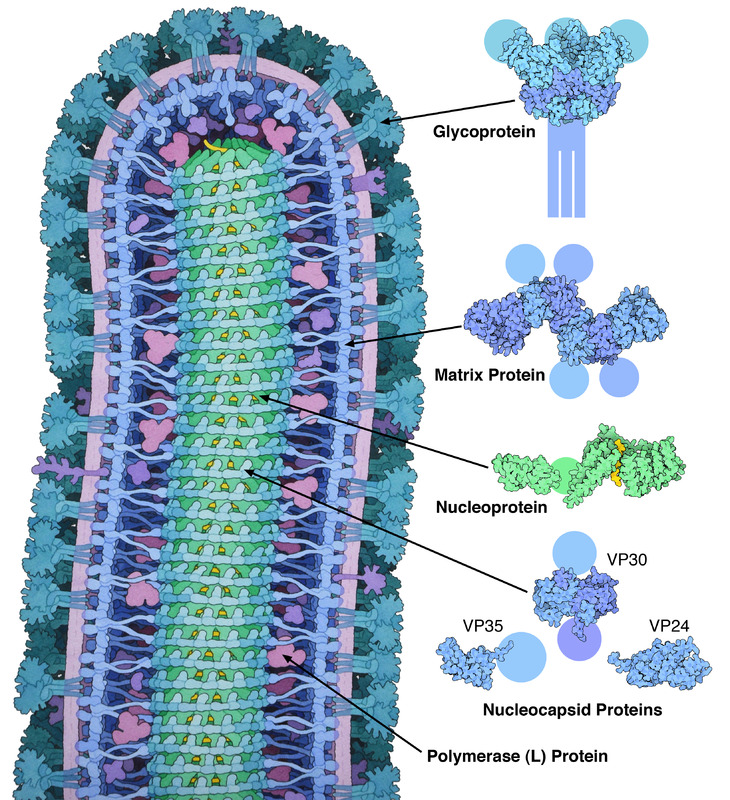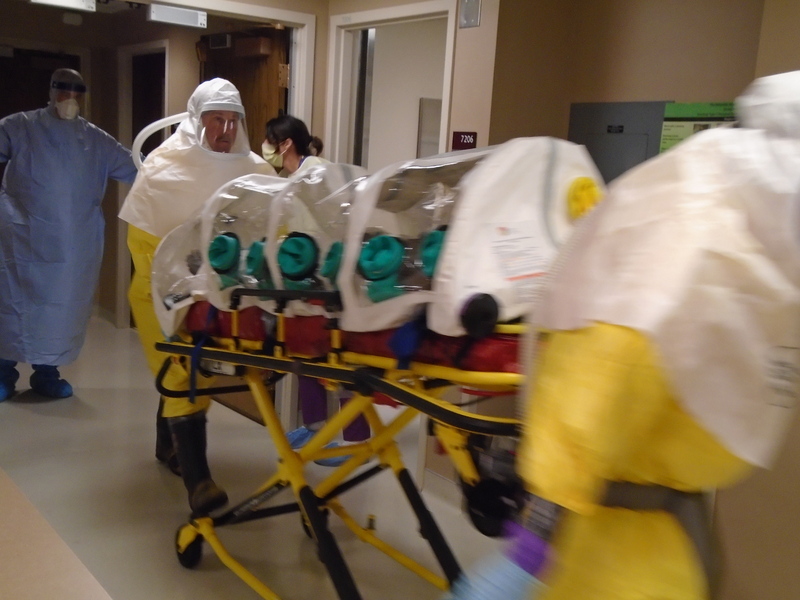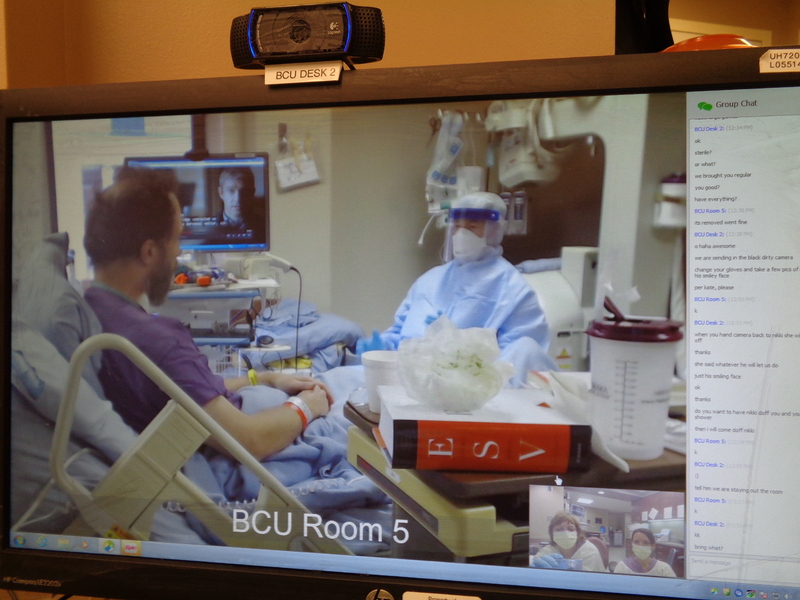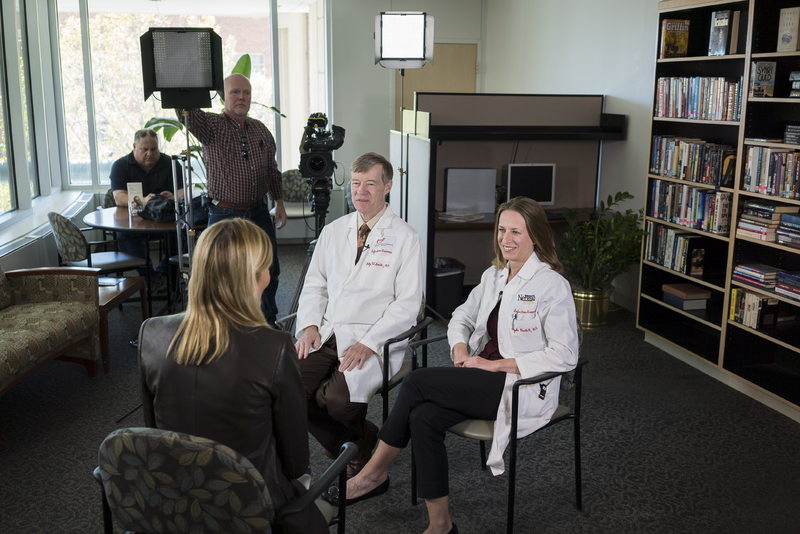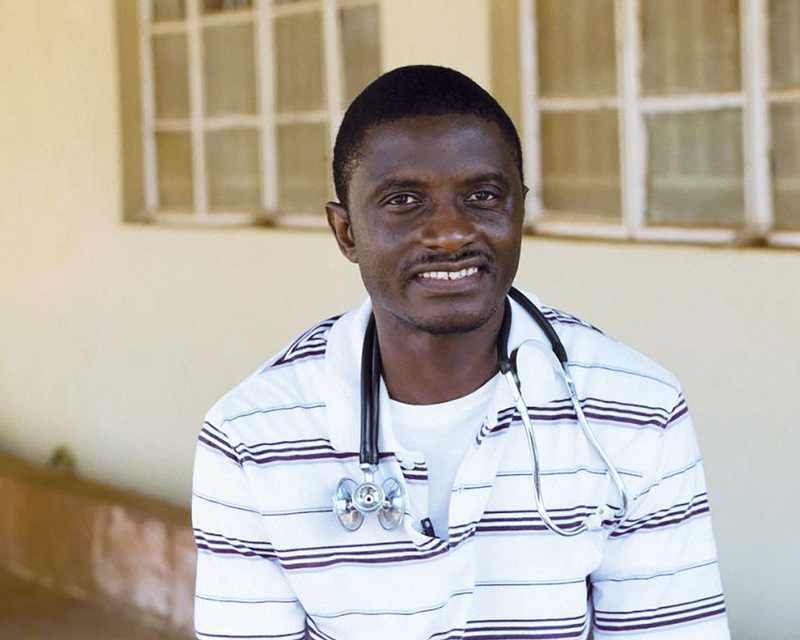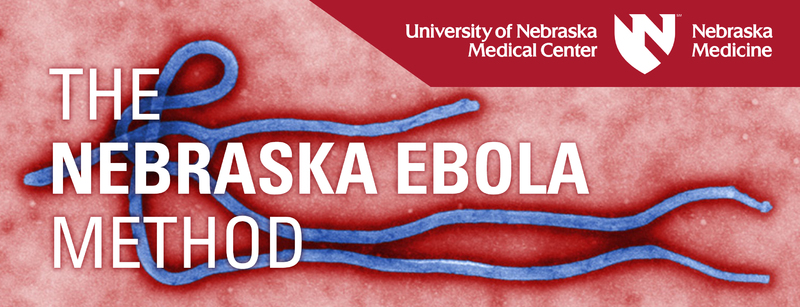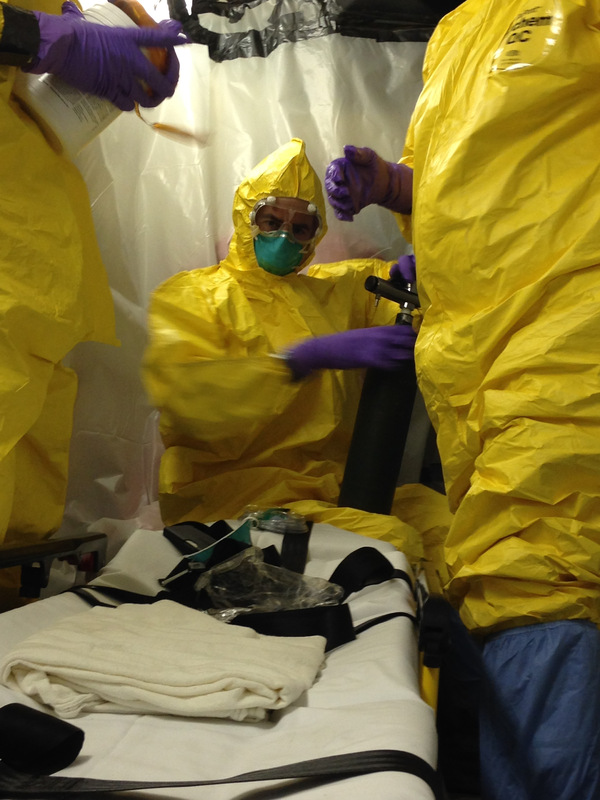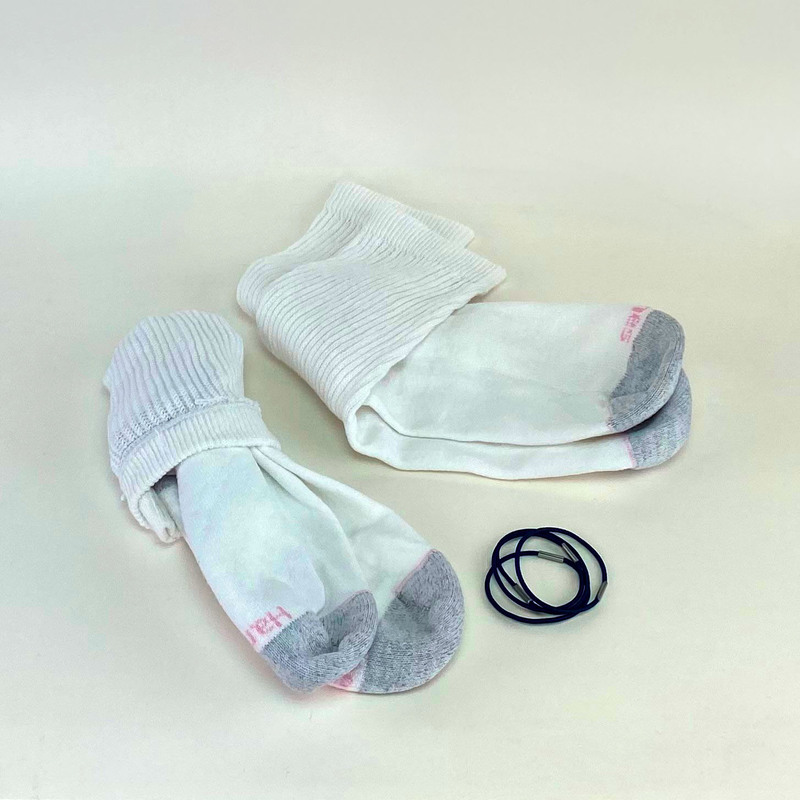Kathleen Boulter, MPH, RN, Nurse Manager, Nebraska Biocontainment Unit
Transcript
Kathleen Boulter: Prior to Ebola, we thought our communication was pretty much going to be through the telephone, using the Starview phone, and our IT department—and this kind of shows you what it was like being here at this hospital at that time, because everybody was looking at ways and how they could help us, and our IT, our telehealth department, they were like, “we can make this better for you.” And they brought in vidYO and little webcams that we could use in the unit and it totally made things so much better for us. And—but anyway we had to make sure the nurses’ station was ready with the communications, with computers, that all our nurses had access into the electronic recordkeeping. People who work in the emergency department, they don’t have access to inpatient, so we had to make sure that all of that was taken care of. We had to make sure that our autoclaves were ready, that they were functioning correct—or one, at that time, that it was functioning correctly and it was ready to take care of our waste the way that we hoped it would. The rooms had to be made ready. Another example of how the hospital came through for us was in linens. A lot of places use disposable linens so that’s kind of like paper, you put your patient in between sheets of paper. Our hospital, for many years before that, any time there’s linen that was stained, ripped, or you just couldn’t use it for normal, everyday patients, they dye it blue and they call it disaster linen. And so linen services, they said to us “would you want to use that?” and we’re like “absolutely.” That way our patients got real linen that we could throw away without it being any cost to the hospital, so it was fantastic. They also said “hey, we’ve got these scrubs, their L and D got new scrubs for their staff, we’re going to throw these away, do you want them for your staff?” and we said “absolutely.” So it was a lot of things like that, you know. People coming together and making it so much better for us. We also had to set up a command center, so the conference room across from the biocontainment unit, that became a command center and that’s where incident command set up. And it was a full incident command at first, but then it got modified after that to just the people that we need. Our staff, they were going to do 12 hour days so they needed to have nutrition and so we were looking at how were we going to provide it, and that’s when Sodexo came forward and said “we’re going to give you meals, we’re going to give you breakfast, lunch, and dinner, and the night shift, we’re going to give them snacks.” And it was amazing, you know, when all of that just all came together.
Return to Oral Histories

